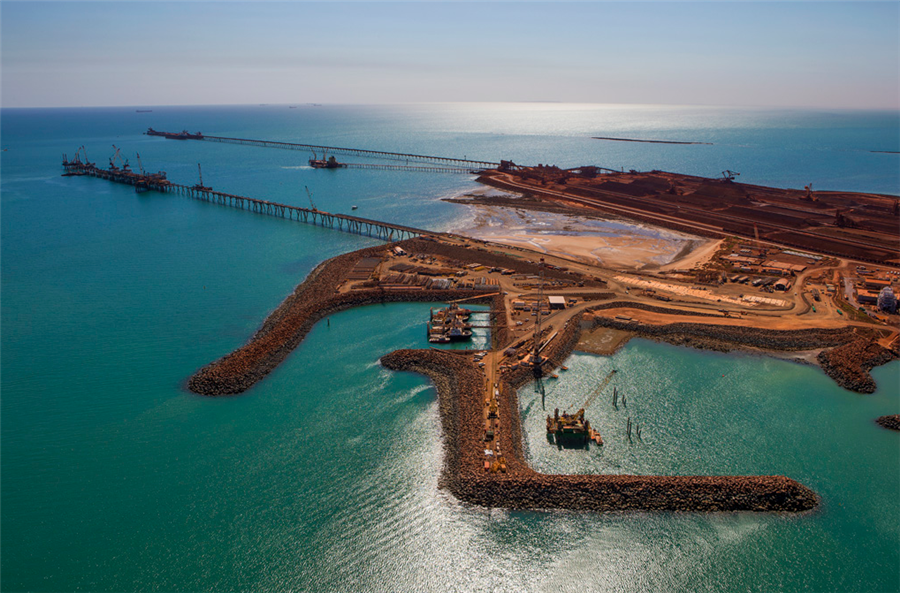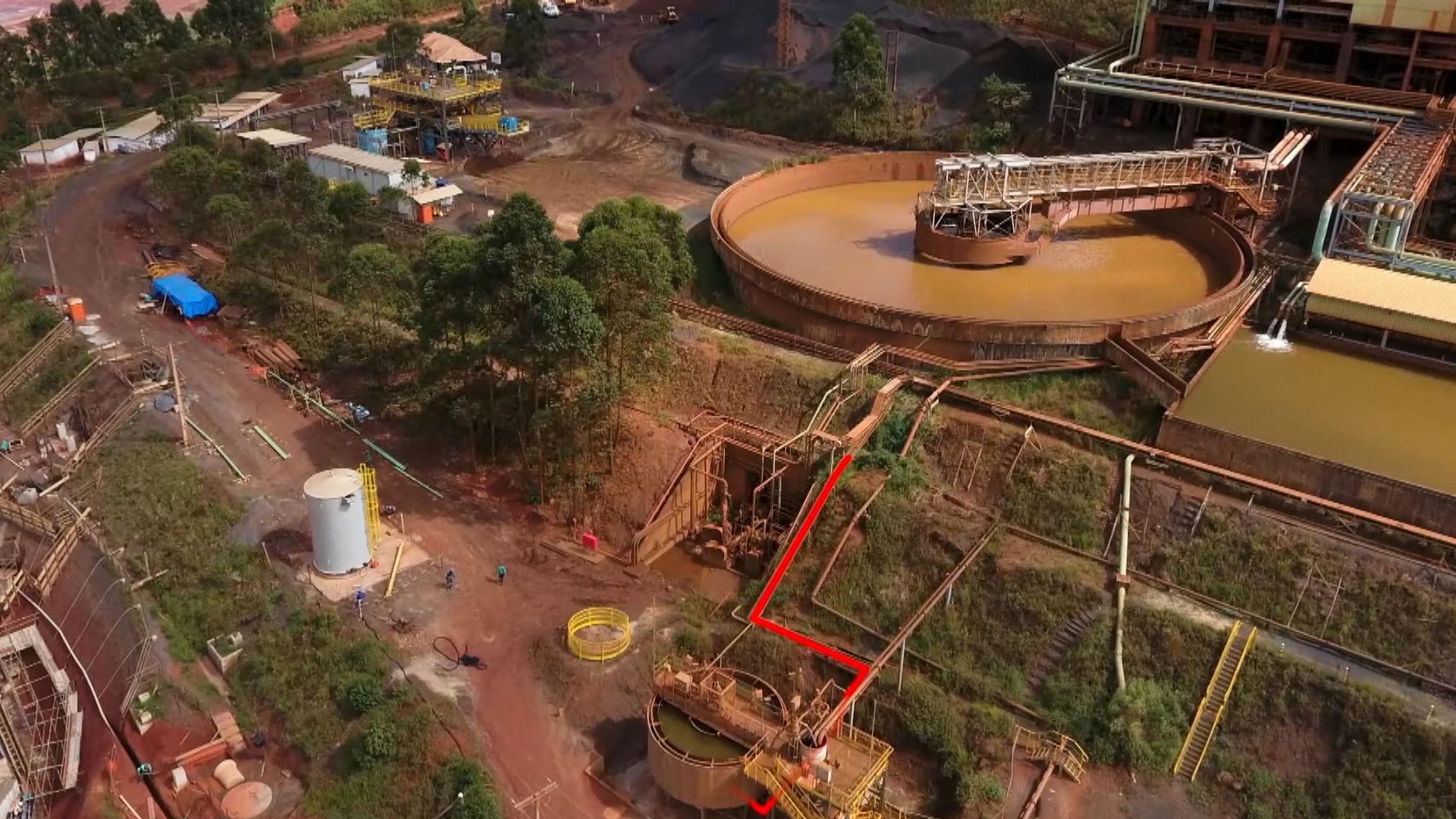Five green energy trends topping miners’ agendas in 2021 – report

2020 was the year that climate change became a dominant force for commodities as top mining companies and governments made ambitious net-zero commitments, Wood Mackenzie notes in its latest report.
Renewables grew in importance in some oil and gas companies’ portfolios and as a power source for mining. Carbon pricing accelerated, with prices for emissions allowances under the EU Emissions Trading Scheme and Western Climate Initiative reaching record highs.
This momentum is likely to increase in 2021, WoodMac says, as emitters act on plans to meet their climate targets.
James Whiteside, Global Head of Multi-Commodity Research, and Amy Bowe, Head of Carbon Research at Wood Mackenzie see five key biggest emissions trends to watch this year:
• Government climate commitments will increase ahead of COP26
• Technology developments will help reduce emissions from metals extraction and oil and gas production;
• Task force on climate-related financial disclosures (TCFD) reporting will become a requirement for a broader range of companies;
• Commodities will increasingly be marketed on their green credentials; and
• Energy companies will continue to lead the way in divestment and diversification to manage emissions risk.
“The 2015 Paris Agreement required signatories to commit to strengthened national climate targets every five years. From the first round of targets submitted last year, significant emitters such as the UK, EU and Canada made pledges to hit net zero emissions by mid-century. These jurisdictions will roll out policy to achieve these objectives in 2021,” says Bowe.
“Mine site emissions reduction will be driven by accelerating renewables installations”
James Whiteside, Global Head of Multi-Commodity Research, Wood Mackenzie
Bowe says the world will be watching to see which other countries pick up the mantle. China, India, South Africa, Saudi Arabia and India are among those yet to make submissions, she says, though both China and India have indicated they intend to largely renew existing 2030 commitments.
“In particular, all eyes will be on China’s targets for new coal power capacity after the country announced its aim to be carbon neutral by 2060. In addition, President Joe Biden’s pledge to re-join the Paris Agreement and enshrine a 2050 net zero goal will be another step forward in climate ambitions in 2021,” says Bowe.
WoodMac expects progress to be made in decarbonising metals production at mine sites, while downstream developments will remain in the pilot phase.
“Mine site emissions reduction will be driven by accelerating renewables installations, says Whiteside. Chile, a notable trailblazer in this area, will see 3.5 GW of renewables projects contracted to mining companies completed in 2021. Additionally, gradual progress will be made in replacing typically diesel-powered mining truck fleets with electric alternatives.”
Anglo American, for example, will begin operating the first full-power hydrogen fuel cell electric vehicle (FCEV) mining truck.
“In contrast, technology developments to reduce emissions from downstream processes in industries such as steel and aluminium will remain in the pilot phase. Downstream metals producers will rely on operational efficiencies and increased scrap utilisation to reduce emissions in the short-term,” says Whiteside.
Oil and gas producers will continue to reduce operational emissions, WoodMac says, with a focus on immediate wins such as methane leakage and reducing venting and flaring.
As part of the Oil and Gas Methane Partnership, many of the world’s biggest NOCs, IOCs and majors agreed to new methane reduction targets in late 2020 – reducing methane emissions by 45% by 2025 and by 60% by 2030 (relative to 2015 levels) – alongside more stringent reporting measures. Meeting these targets could reduce methane emissions from 13% of total upstream emissions to less than 5% by 2030, says WoodMac.
“We expect more oil and gas producers to set their own methane reduction targets, expand methane reporting in their sustainability reports, and roll out methane monitoring and reduction technologies. We also expect routine flaring to decrease across the world, particularly in the US.
Anglo American will begin operating the first full-power hydrogen fuel cell electric vehicle (FCEV) mining truck
“The Biden administration is likely to strengthen regulations regarding emissions management from the oil and gas sector. If all producing US fields were to completely stop flaring by 2022, this would reduce American upstream emissions by 13% and result in an absolute emissions reduction roughly equivalent to Norway’s total upstream emissions. However, considerable structural barriers remain, including infrastructure constraints, weak gas prices and a lack of domestic or export markets in many countries,” adds Bowe.
Since the Task Force for Climate-Related Financial Disclosures (TCFD) guidelines were released in 2017, nearly 1,500 organisations have signed up to support them, with natural resources companies among the vanguards. Of the eight sectors reviewed by the TCFD in its 2020 status report, the energy industry had the highest level of disclosure aligned with TCFD guidelines, averaging 40% across all categories, WoodMac highlights.
While still voluntary in most jurisdictions, there is a growing movement to mandate TCFD disclosure for listed companies.
WoodMac expects the number of regulatory authorities mandating climate-related disclosures to increase, with many of those specifically endorsing TCFD guidelines.
In 2020, emissions intensity emerged as a competitive differentiator for both LNG and metals products. The London Metals Exchange (LME), for example, already plans to introduce a spot trading platform this year for low-carbon aluminium. Wood Mackenzie says this trend of a ‘green premium’ is likely to accelerate in 2021 and cover even more commodities.
“Details of the EU’s expected carbon border tax, set to be announced in June, will likely favour imports of lower emissions-intensity products for covered sectors, and contribute to the green credentials revolution,” says Bowe.
“Additionally, all climate bills before the US Congress currently include some form of carbon border adjustment mechanism. If these measures were to pass, other economies will undoubtedly look to implement similar mechanisms in response.”
As commodities increasingly compete based on emissions intensity, producers will begin to realise a price premium for green commodities, WoodMac says, oting emissions data suggests there is a wide range of emissions intensities associated with LNG and aluminium, as well as other oil and gas and metals and mining products. Ensuring these differences are accurately captured will spur demand for emissions verification and certification.
“We expect to see more portfolio adjustments to meet climate targets, especially among major energy companies. To date, moves have been motivated by reducing absolute Scope 1 emissions, but Scope 3 intensity is likely to grow in focus as more companies set carbon neutrality targets,” adds Whiteside.
“Oil and gas majors and diversified miners alike will continue to divest the most emissions-intensive assets to bring down Scope 1 emissions. In particular, the diversified miners’ exodus from thermal coal will continue with Anglo and BHP looking for buyers of their coal assets and BP could divest its Australian portfolio including high-intensity LNG assets.”
While many countries have incorporated green growth strategies in coronavirus recovery packages, the pursuit of economic growth has come at the expense of emissions for some, WoodMac notes. Chinese stimulus has focused on investments in infrastructure, boosting demand for steel, aluminium and other metals.
“If government stimulus packages need to be sustained in 2021, this could again be focused on carbon-intensive infrastructure investment. Many nations will be desperate to kick-start their economies regardless of the impact on emissions or Paris Agreement goals,” says Whiteside.
“That said, investor pressure will not allow the largest metals and energy producers to stray from the path they have now committed to. Even if some nations prioritise near-term economic growth over sustainable growth, there is enough momentum behind the initiatives and commitments made by other public and private stakeholders alike to drive the green agenda forward in 2021.”
More News
Rio Tinto posts lowest Q1 iron ore shipments since 2019, tempers forecast
April 15, 2025 | 03:55 pm
Trump orders tariff probe on all US critical mineral imports
April 15, 2025 | 03:16 pm
{{ commodity.name }}
{{ post.title }}
{{ post.date }}




Comments